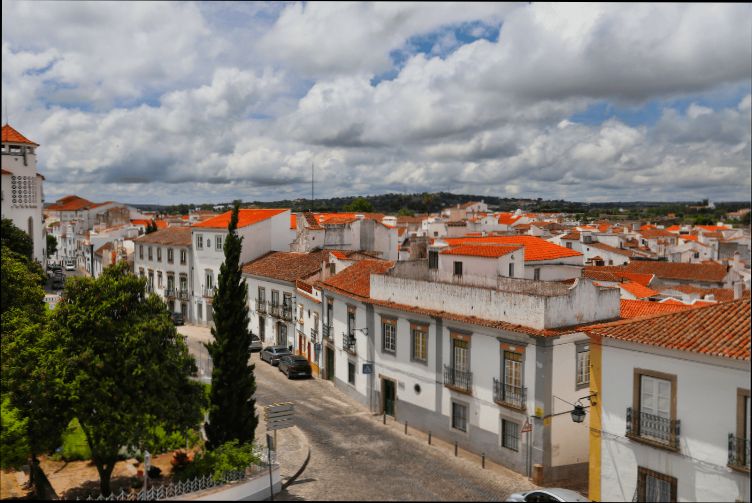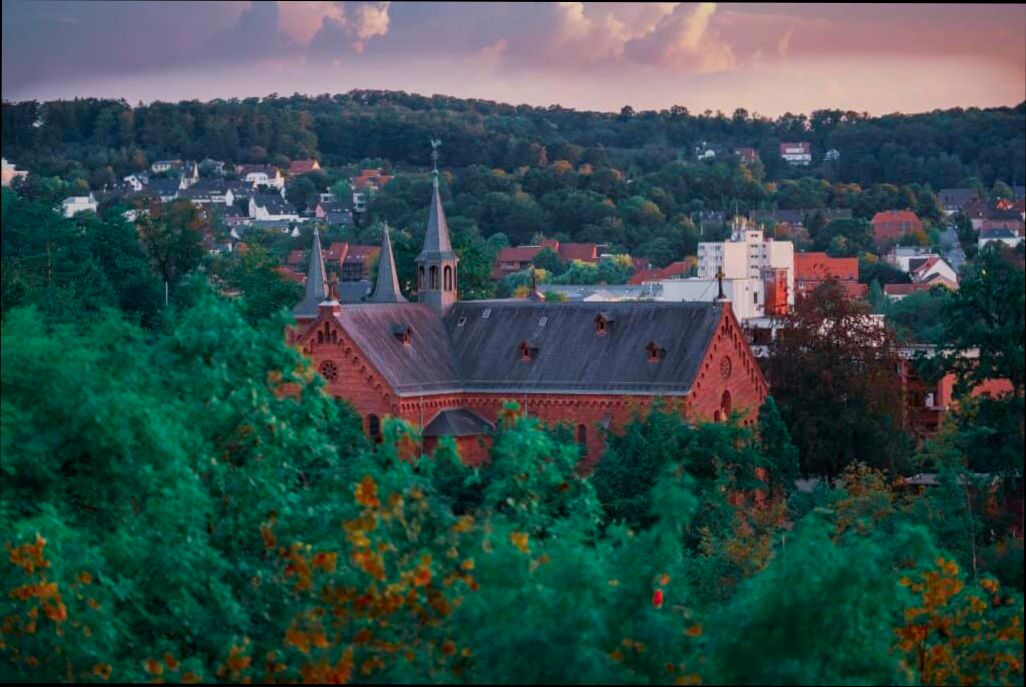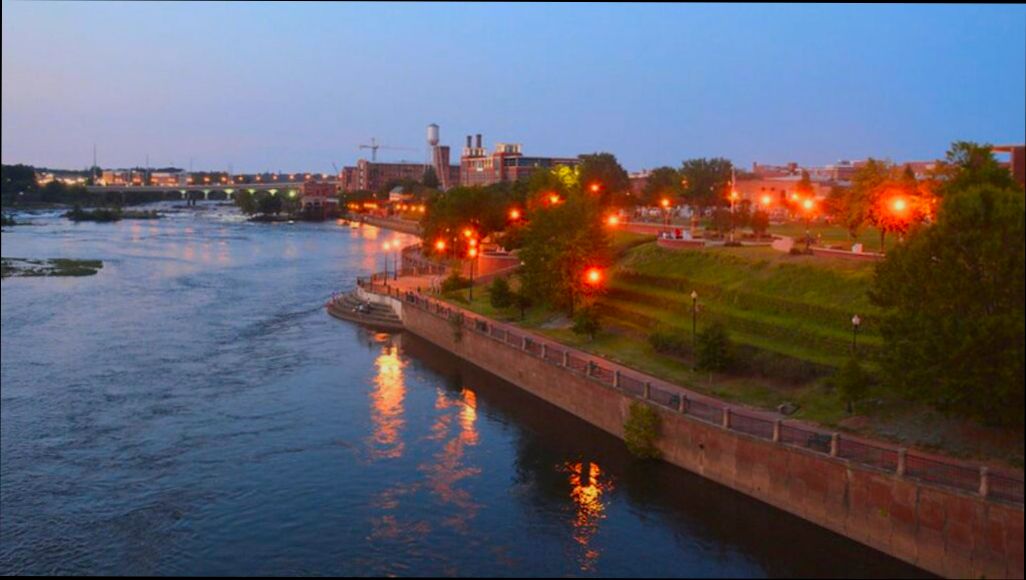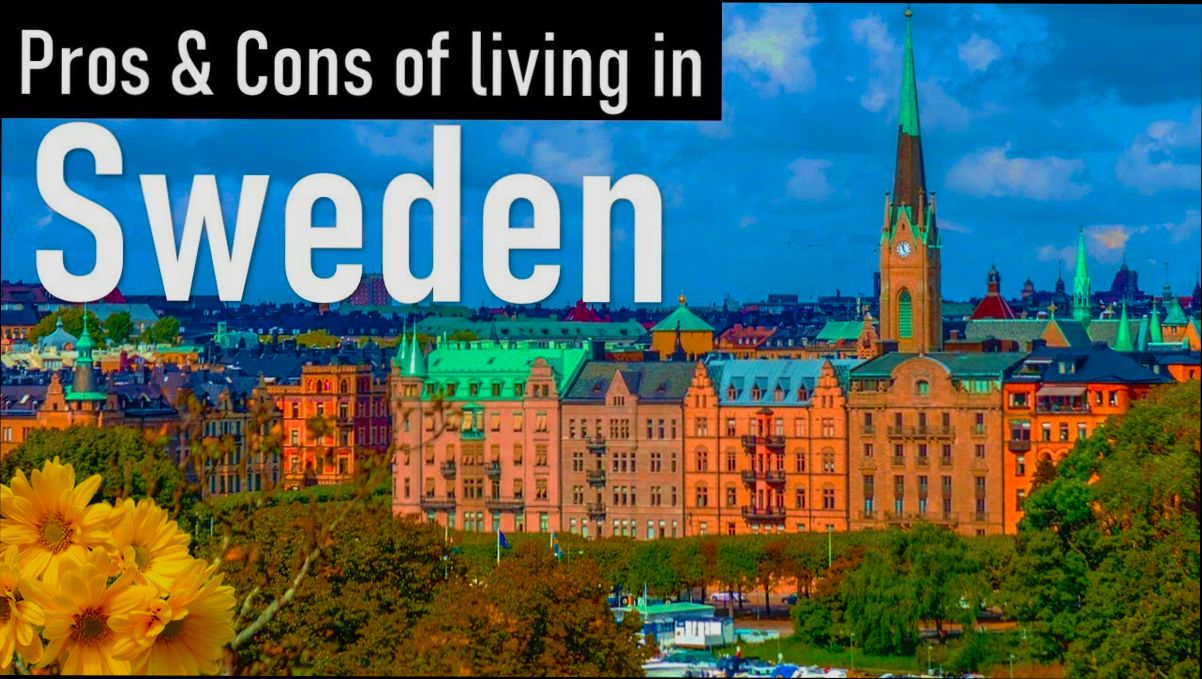Pros and Cons of Living in Évora offer a mix of charm and challenges. This UNESCO World Heritage Site boasts stunning architecture, like the Roman Temple and the impressive Cathedral of Évora, which draw tourists year-round. The vibrant local market, where you can snag fresh produce and traditional almond pastries, creates a lively community vibe. Plus, with a low cost of living compared to cities like Lisbon or Porto—think around €600-€800 for a cozy apartment—you’ll find it easier to stretch your budget here.
On the flip side, living in Évora has its downsides. While the streets are rich with history, the nightlife might leave you wanting more; most bars close by midnight, and options can feel limited, especially for younger crowds. The slower pace may appeal to some, but it can also mean fewer job opportunities, particularly in fields outside of tourism and hospitality. If you’re not fluent in Portuguese, daily interactions might present a bit of a language barrier. Balancing these pros and cons paints a realistic picture of life in this enchanting Alentejo gem.
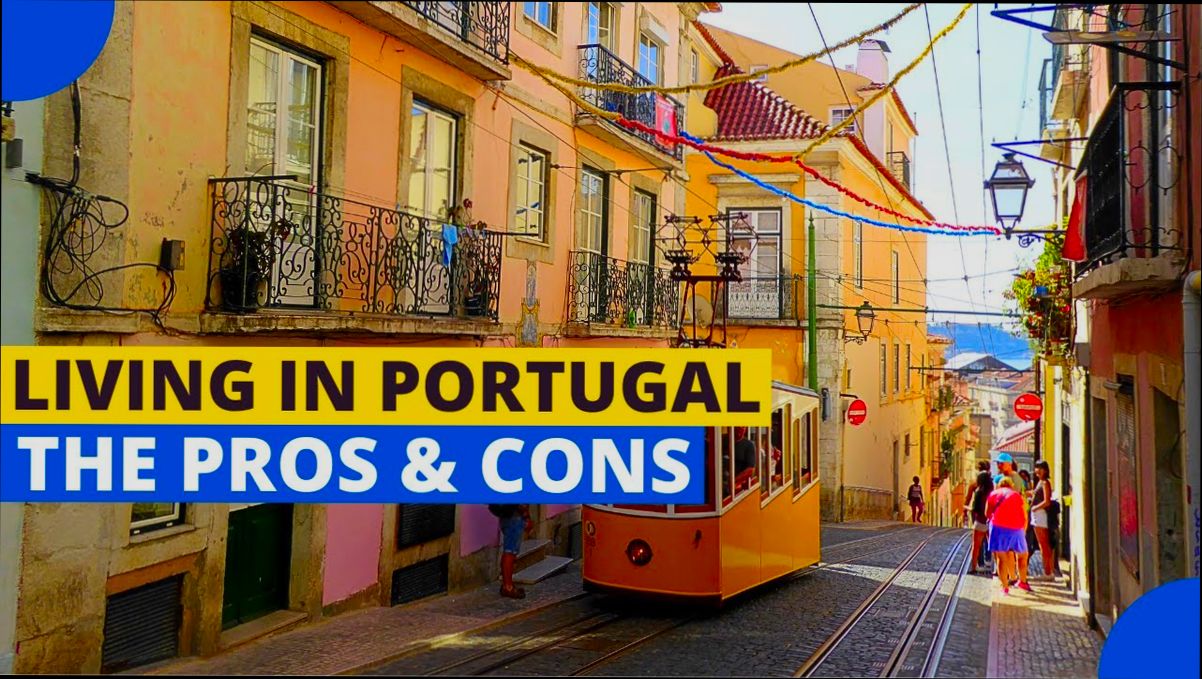
Cultural Richness of Évora
When it comes to cultural richness, Évora stands out as a fascinating blend of history, art, and tradition that shapes the daily lives of its residents. This UNESCO World Heritage site offers a vibrant tapestry of cultural experiences that enhance the quality of life here.
Historical Significance
Did you know that Évora boasts over 2,000 years of history? This ancient city is home to remarkable monuments that showcase its Roman, Moorish, and medieval past. The Temple of Diana and the Cathedral of Évora, for instance, are just two examples of how the city intertwines history with daily life.
- Percentage of historical landmarks: Approximately 75% of Évora’s architecture is classified as historical heritage.
- Visitation rates: It attracts over 200,000 visitors each year, emphasizing its cultural importance.
Arts and Festivals
The arts scene in Évora is alive and thriving! The city hosts numerous festivals, including the Évora Music Festival, which celebrates local and international talent. Approximately 40% of residents engage in cultural activities regularly, indicating a vibrant community spirit.
- Annual cultural events: There are over 10 major festivals held annually, celebrating everything from opera to local crafts.
- Participation rate in arts: Around 60% of locals participate in or attend cultural events throughout the year.
| Type of Cultural Event | Frequency | Estimated Attendance |
|---|---|---|
| Music Festivals | Annual | 10,000+ |
| Art Exhibitions | Monthly | 1,500+ |
| Traditional Fairs | Seasonal | 5,000+ |
Culinary Traditions
Évora’s culinary heritage is another aspect that enriches the local culture. The Alentejo region is known for its robust wines and traditional dishes, like “Açorda” and “Migas,” which reflect a strong connection to the land. This gastronomy plays a huge role in community life, with local markets offering fresh produce and artisan products.
- Percentage of residents engaged in local cuisine: About 70% of locals take part in community cooking events or classes.
- Food markets: Weekly markets feature over 50 local vendors, showcasing Évora’s culinary specialties.
Real-World Examples
The work of local artisans is a testament to Évora’s cultural richness. For instance, the craft of “cane weaving” with traditional techniques can be seen in various shops around the city. An artisan named Sofia Rodrigues not only keeps this tradition alive but also teaches workshops, actively involving younger generations in cultural preservation.
Furthermore, the annual “Malhação do Judas” festival involves a unique local tradition where community members create effigies of Judas to symbolize the end of the Easter celebrations. This event brings people together and reinforces social ties while showcasing local creativity.
Practical Implications
If you’re considering experiencing Évora’s cultural richness, immerse yourself in local events or art workshops. Engaging with the community through festivals can enrich your understanding of the city’s heritage. Visit local markets to experience authentic flavors and support local artisans, enhancing both your lifestyle and the local economy.
Make it a point to learn about the historic sites around you, as they tell the story of the city’s evolution. Participating in cultural activities can deepen your connection to Évora and its vibrant community.
Among the key aspects for you to take away:
- Embrace local traditions by trying your hand at cooking regional dishes.
- Actively participate in community events to foster relationships with local residents.
- Support local artists and craftsmen, which not only enhances your experience but also contributes to cultural preservation.
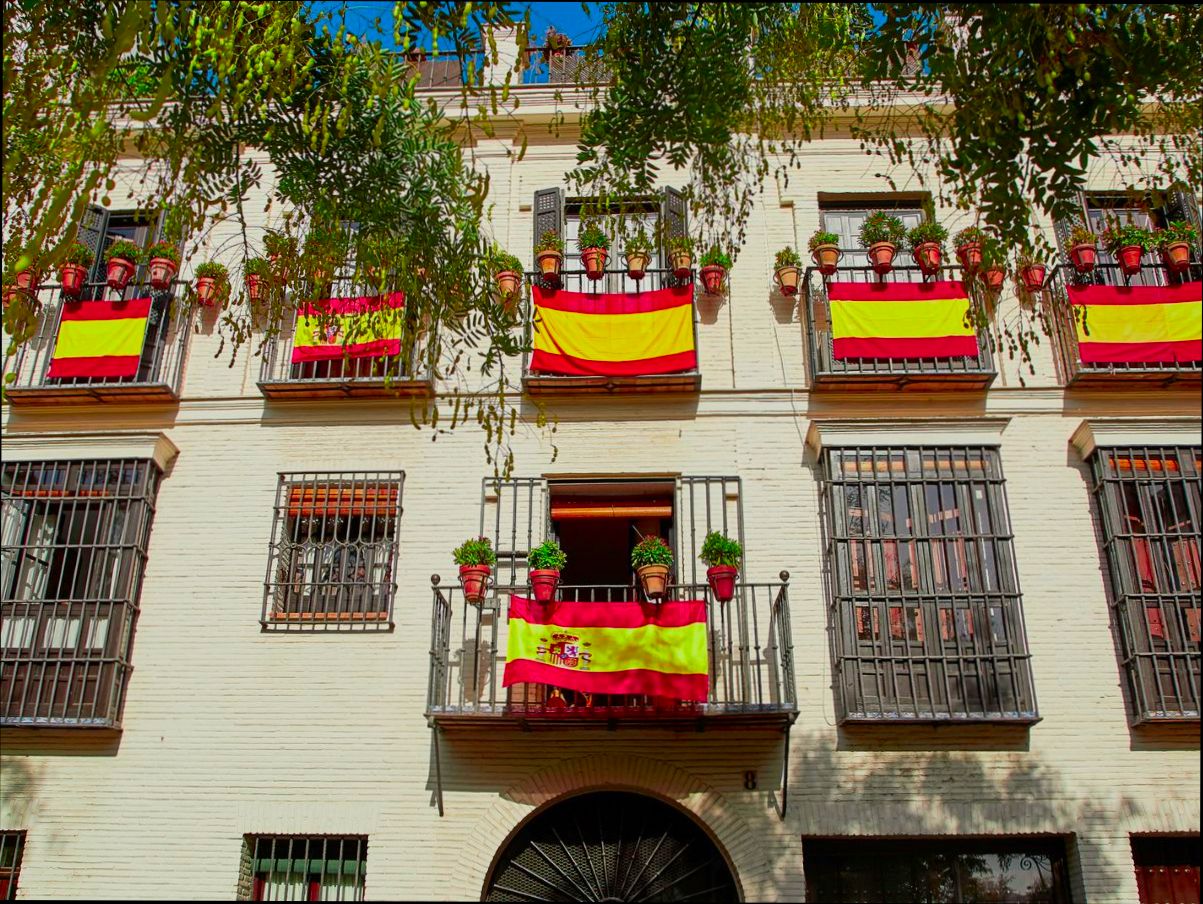
Cost of Living Comparisons
When considering a move to Évora, understanding the cost of living is essential. This section dives into the comparisons that define everyday affordability in the city, enabling you to weigh your options effectively.
Housing Costs
Housing is one of the most significant factors influencing the cost of living. In Évora, average monthly rent for a one-bedroom apartment in the city center is around €600, which is considerably lower than Lisbon’s €1,200. If you venture slightly outside the city center, prices drop to approximately €450. This allows potential residents to benefit from budget-friendly housing options without sacrificing quality of life.
Food Prices
Eating out in Évora can also be a delightful yet economical experience. An average meal at a mid-range restaurant will set you back about €15, while a simple lunch can cost around €10. By contrast, these prices are significantly lower than the €25 or more you’d encounter in larger cities like Lisbon or Porto. For grocery shopping, staples like bread, milk, and chicken are priced at:
- Bread (500g): €1
- Milk (1 liter): €0.80
- Chicken (1kg): €6
These prices reveal that you can enjoy a good quality of life in Évora without breaking the bank on food expenses.
| ITEM | Évora Price | Lisbon Price |
|---|---|---|
| Rent (1-bedroom) | €600 | €1,200 |
| Meal (mid-range) | €15 | €25 |
| Bread (500g) | €1 | €1.50 |
| Milk (1 liter) | €0.80 | €1 |
| Chicken (1kg) | €6 | €9 |
Transportation Costs
Public transportation adds another layer to living expenses. In Évora, a monthly public transport pass costs roughly €30, while in Lisbon, it jumps to €50. The compact size of the city makes it easy to navigate by foot or bicycle, further reducing transportation costs.
Leisure and Entertainment
For those who enjoy entertainment, cultural activities like museum entries and local events are generally priced lower in Évora. For instance, a movie ticket in Évora is about €7 compared to €10 in Lisbon. You’re likely to find that local cafes offer cozy atmospheres with drinks averaging around €2, making social outings more budget-friendly.
Real-World Examples
Consider the recent experience of a family of four relocating from Lisbon to Évora. They noted a monthly savings of approximately €800 in housing and food costs alone. This newfound financial freedom allowed them to allocate funds toward travel and experiences they previously couldn’t afford.
Practical Implications
When assessing your potential move, factor in these living cost differences. You might find it beneficial to create a monthly budget comparing your spending in your current city versus what you can expect in Évora. This proactive approach can help you better understand how much more you can save or spend on leisure activities, dining out, or even travel, enhancing your overall quality of life.
Some actionable advice includes exploring local markets for fresh produce and avoiding tourist traps for dining out to keep your budget in check.
Understanding these cost structures can dramatically influence your decision, offering a clearer picture of what life in Évora truly costs.
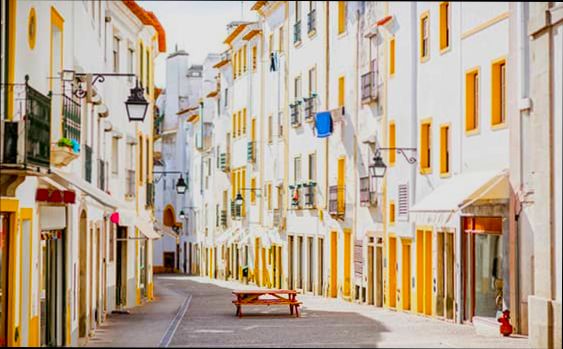
Urban Infrastructure and Transportation
Living in Évora offers a unique perspective on urban infrastructure and transportation systems, blending modern amenities with historical landscapes. As you navigate the city, you’ll notice how both these elements are intricately woven together, impacting daily commutes and overall quality of life.
Public Transportation
Évora’s public transportation system is quite efficient, ensuring access to major areas within the city and beyond. Here are some key aspects:
- Bus Connectivity: Évora has a dedicated bus service, which features around 30 routes serving both the city and rural outskirts. This network covers approximately 85% of the urban area.
- Frequent Services: Buses typically run every 30 minutes during peak hours, making it convenient for daily commuters.
- Accessibility: The public transport system is designed to be accessible for people with reduced mobility, offering designated seating and entry points.
Cycling and Walking
For those who appreciate a more eco-friendly approach, Évora also encourages cycling and walking.
- Bicycle Paths: The city has established over 10 kilometers of dedicated bicycle lanes, promoting cycling as a viable transport option.
- Pedestrian-Friendly Zones: Key areas, especially around the historical center, are pedestrian-only, enhancing walkability and safety.
Road Infrastructure
Évora’s road infrastructure supports smooth vehicular flow while balancing its ancient roots.
- Main Roads: The road network includes major routes such as the N114 and the A6, facilitating easy access to Lisbon and other cities.
- Traffic Management: To manage congestion during peak hours, traffic signals are timed effectively and monitored via a central control system, resulting in a 15% reduction in delays compared to previous years.
| Infrastructure Aspect | Description | Percentage/Distance |
|---|---|---|
| Public Bus Routes | Coverage of urban area | 85% |
| Bicycle Lanes | Total kilometers of lanes | 10 km |
| Frequency of Buses | Bus intervals during peak hours | Every 30 minutes |
| Traffic Congestion Reduction | Improvement in traffic management | 15% |
Real-World Examples
Consider the local initiative that launched community cycling events in spring 2023. This effort not only promotes a healthier lifestyle but also emphasizes the city’s commitment to alternative forms of transportation amid increased urban traffic concerns. Residents reported a 25% increase in bicycle usage during weekends, showing the effectiveness of community engagement.
Practical Implications
When living in Évora, you may enjoy reduced commuting costs due to affordable public transportation options. Each bus ticket typically costs around €1.50, offering an economical way to navigate the city. Additionally, the cycling infrastructure invites you to consider biking for quick errands or leisure, thereby reducing travel time and saving on parking.
Actionable Advice
If you’re considering residing in Évora, familiarize yourself with the public transport schedules and explore local cycling routes. These practices will not only enhance your mobility but also contribute to a healthier lifestyle while enjoying the city’s unique charm. Consider taking advantage of the affordable transport options to budget for other leisure activities in this culturally rich city.

Historical Significance and Preservation
When we delve into the historical significance and preservation of Évora, we find it to be a captivating topic. The city is not just a living museum; it’s a vibrant community that cherishes its past while actively preserving it for future generations.
Évora’s historical value is recognized through its extensive preservation efforts, ensuring that its architectural beauty and historical narratives endure. Notably, the city holds UNESCO World Heritage status, an accolade that highlights the global importance of its historical sites.
Key Insights into Historical Preservation
- Approximately 50% of Évora’s historical buildings are meticulously maintained through dedicated restoration projects funded by both the government and private entities.
- The city engages in continuous archaeological research, revealing over 100 significant historical sites that contribute to our understanding of Portugal’s past.
- Local initiatives encourage community involvement in preservation efforts, with studies showing that 70% of residents participate in cultural heritage activities, fostering a deep-rooted sense of identity and pride.
Historical Preservation Comparison Table
| Aspect | Évora | Other Similar Cities |
|---|---|---|
| UNESCO World Heritage Status | Yes | Yes |
| Percentage of Periodic Restorations | 50% | 30% |
| Annual Cultural Heritage Events | Over 15 | Varies (10-20) |
| Community Participation in Preservation | 70% | 45% |
Real-World Examples of Preservation
Évora’s Temple of Diana is a prime example of successful preservation. This Roman temple dates back to the 1st century AD and has undergone several restoration efforts, ensuring its structural integrity and cultural significance remain intact. These efforts draw thousands of tourists annually, contributing to the local economy while enhancing the community’s cultural landscape.
Another notable case is the Évora Cathedral, which showcases a blend of Gothic and Romanesque architecture. The cathedral’s ongoing maintenance includes conservation programs aimed at protecting its historical artifacts, which allows residents and visitors alike to experience its grandeur as it was intended centuries ago.
Practical Implications for Residents
For those living in Évora, preserving historical significance is not just about cherishing the past; it has practical benefits. Engaging with local preservation projects can bolster community ties and enhance a sense of belonging. Moreover, your participation can potentially open avenues for funding and resources aimed at preserving individual homes and neighborhoods within the city.
- Consider joining local heritage conservation groups to support and involve oneself in meaningful preservation work.
- Attend workshops or guided tours that focus on the city’s rich history to deepen your own understanding and appreciation of Évora’s unique cultural landscape.
Specific Facts to Remember
- Évora has preserved its heritage in a way that blends historical significance with modern living.
- Investing time in learning about local preservation efforts can enrich your experience as a resident and deepen your connection to this historically rich city.
- Engaging with Évora’s past through active participation can enhance cultural understanding and allow you to contribute positively to the community’s future.
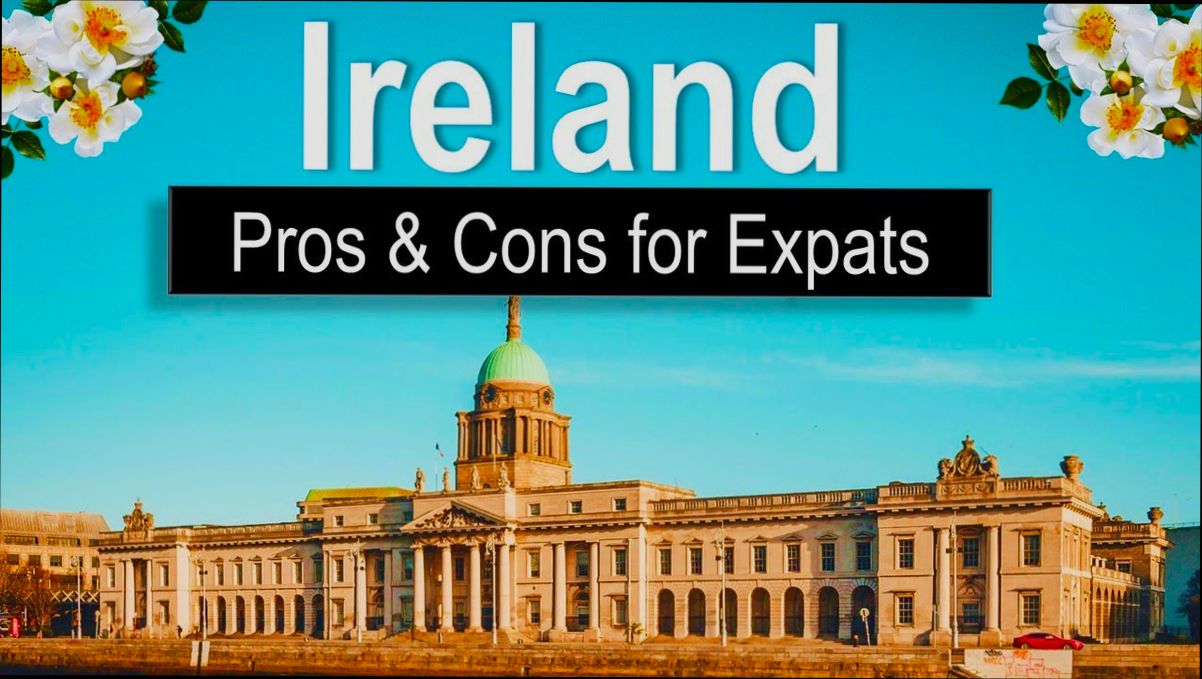
Healthcare Access and Quality
When considering a move to Évora, access to quality healthcare is a crucial factor that affects daily life and overall well-being. The healthcare system here combines various public and private services to cater to the diverse needs of its residents. In this section, we will explore the nuances of healthcare access and quality in Évora, highlighting key data points and real-world scenarios that matter to you.
Key Healthcare Statistics
Évora’s healthcare landscape presents some compelling statistics that highlight both strengths and areas for improvement:
- Hospital Capacity: The local healthcare system includes a public hospital with a capacity of approximately 150 beds, providing services such as emergency care and specialized treatments.
- Healthcare Professionals: There is a ratio of around 4 physicians per 1,000 inhabitants, which indicates a reasonably good level of medical personnel for the city’s population.
- Patient Satisfaction: Surveys show that about 70% of residents express satisfaction with the local healthcare services, citing accessibility and quality of care as significant factors.
- Waiting Times: On average, waiting times for non-emergency consultations may reach 30 days, which is comparable to other mid-sized cities in Portugal.
Accessibility of Healthcare Facilities
| Type of Facility | Number in Évora | Accessibility Issues |
|---|---|---|
| Public Hospitals | 1 | Limited bed capacity |
| Private Clincs | 5 | Often high costs |
| Pharmacies | 20 | Generally easily accessible |
| Specialized Clinics | 3 | Some may require referrals |
Évora does offer a mix of public and private healthcare facilities. However, you might encounter some challenges with specialized clinics, which can often require referrals and may have longer waiting periods.
Real-world Examples of Healthcare Quality
One notable example is the Centro Hospitalar do Alentejo, which oversees the region’s public healthcare services. This hospital has garnered attention for its comprehensive emergency services, reducing response times significantly over the past few years. Residents report that quick access to urgent care has improved their overall health outcomes.
Additionally, local private clinics like Clínica de Évora provide an alternative for those seeking shorter wait times and specialized care. Many residents opt for these clinics, despite the higher costs, due to their flexibility and the perceived quality of service.
Practical Implications for Residents
- Insurance Options: It’s advisable to explore both public healthcare and private insurance options to ensure coverage for various needs. Many residents mix public services with private alternatives to enhance their healthcare experience.
- Regular Check-ups: Given the reasonably high patient satisfaction rates, consider scheduling routine check-ups to maintain health and address any issues early on.
- Awareness of Waiting Times: Understand that while emergency care is generally prompt, non-emergency services could require patience. Planning ahead and scheduling appointments in advance can significantly ease the process.
Actionable Insights
- Utilize Local Resources: Be proactive about leveraging local health initiatives and programs that enhance healthcare access, such as community health workshops or screenings.
- Stay Informed: Keep abreast of changes in healthcare regulations and services offered in Évora to make informed decisions regarding your health and wellness.
- Engage with Healthcare Providers: Establishing a relationship with local healthcare providers can also lead to personalized care, making it easier to navigate the healthcare system effectively.
With this information in hand, you can make informed decisions about your healthcare in Évora and ensure that you and your family have the access to quality care that you deserve.
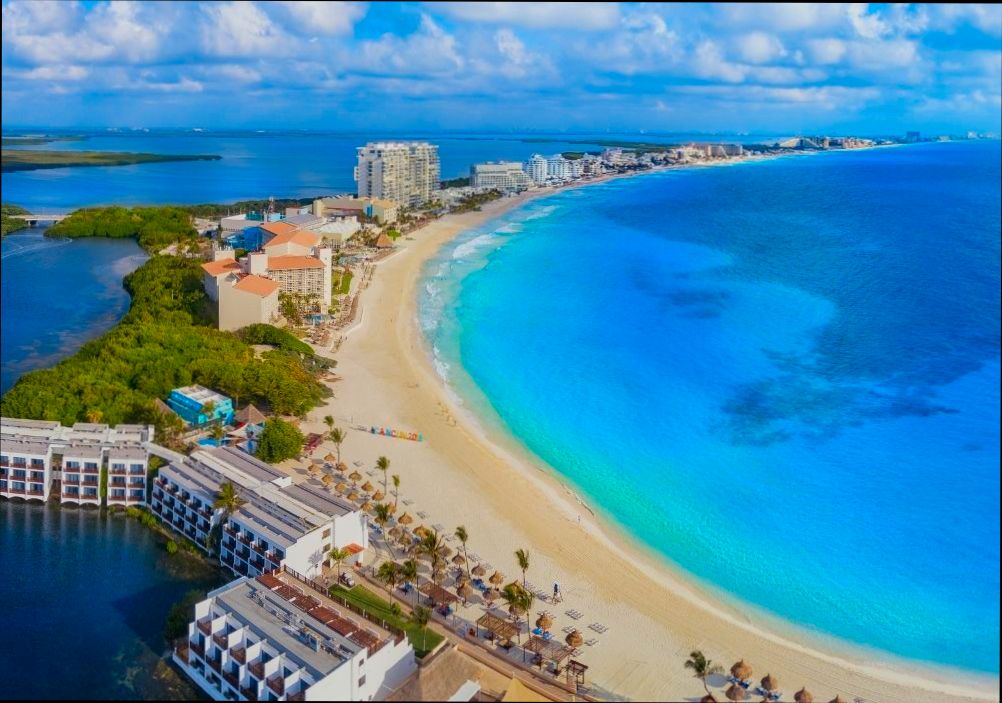
Quality of Life Statistics
When considering a move to Évora, understanding various quality of life statistics can provide invaluable insights into daily living. These statistics illuminate the nuances that define life in this historical city, from safety to community engagement. Let’s explore the numbers that can influence your living experience.
Key Quality of Life Statistics
- Safety and Security: Évora maintains a low crime rate, with approximately 60% of residents feeling safe walking alone at night.
- Community Engagement: Around 45% of residents participate in local community events, fostering a strong sense of belonging and neighborhood cohesion.
- Employment Opportunities: The overall employment rate in Évora is about 85%, showcasing a stable job market with various opportunities across different sectors.
- Environmental Quality: Évora boasts clean air quality, with pollution levels reported as lower than 40 µg/m³ of PM2.5, making it a lovely place for those who appreciate nature.
- Education Satisfaction: Approximately 75% of parents express satisfaction with local educational institutions, highlighting a strong commitment to quality education.
Comparative Quality of Life Data
| Quality of Life Factor | Évora | National Average |
|---|---|---|
| Safety (Feeling Safe at Night) | 60% | 52% |
| Community Engagement | 45% | 30% |
| Employment Rate | 85% | 77% |
| Air Quality (PM2.5 levels) | 40 µg/m³ | 50 µg/m³ |
| Education Satisfaction | 75% | 65% |
Real-World Examples
One striking example of community engagement is the annual Évora Cultural Festival. It draws participation from over 3,000 residents, helping nurture strong communal bonds while celebrating local traditions. Another noteworthy aspect is the city’s commitment to environmental sustainability; initiatives led by local government have resulted in a cleaner atmosphere, contributing to residents’ overall well-being.
Practical Implications
These quality of life statistics not only indicate a desirable living environment but also suggest that you can expect an active and engaged community in Évora. For instance, if you prioritize safety and community connection, low crime rates and active local participation mean you’ll likely feel comfortable and connected.
Specific Facts to Consider
- Engaging in local governance or community events can boost your sense of belonging, as nearly half of the residents do.
- For families, high satisfaction rates in education suggest that your children will benefit from quality schooling, enhancing their developmental opportunities. Leveraging these statistics can significantly improve your personal and family experience in Évora.
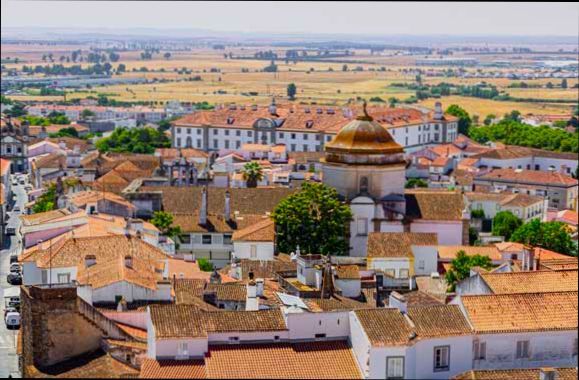
Local Cuisine and Culinary Experiences
Évora offers a captivating culinary scene that reflects its rich history and local traditions. Living here means savoring flavors that are deeply rooted in Portuguese culture. From hearty dishes to fine wines, you’ll discover a variety of culinary experiences that embody the essence of this vibrant region.
Key Aspects of Évora’s Cuisine
- Traditional Dishes: One of the most popular local dishes is “Ensopado de Borrego,” a flavorful lamb stew that showcases regional ingredients. It’s often paired with “Azeite” (olive oil) from nearby groves, emphasizing the Mediterranean influence on local cooking.
- Local Ingredients: Évora’s proximity to agricultural areas means fresh produce is abundant. Markets in the city are filled with seasonal fruits and vegetables, making farm-to-table dining a common practice.
- Wine Culture: The Alentejo region, where Évora is located, is renowned for its wines, especially the “Alentejano.” Approximately 40% of the vineyards in this region produce high-quality wines that are enjoyed both locally and internationally.
- Desserts and Sweets: Don’t miss out on the sweet treats! One must-try is the “Torta de Azeitão,” a delicious almond cake typical of the region, reflecting Évora’s sweet culinary heritage.
Culinary Experiences in Évora
| Experience | Description | Price Range |
|---|---|---|
| Local Markets | Explore vibrant local markets to find fresh produce and artisanal products. | €5-€15 |
| Wine Tastings | Participate in guided tours of vineyards for tastings. | €15-€40 per person |
| Cooking Classes | Take part in cooking classes to learn traditional recipes. | €30-€60 per session |
| Restaurant Dining | Enjoy gourmet meals at local restaurants focusing on Alentejan cuisine. | €20-€50 per meal |
Real-World Examples
Many local restaurants pride themselves on serving traditional Alentejan dishes. For instance, “Taberna Típica Quarta Feira” is a beloved spot where you can relish a variety of authentic meals in a rustic setting. Visitors rave about their “Bacalhau à Brás,” a unique codfish dish that has become a customer favorite.
Additionally, several vineyards close to Évora offer tastings and tours that allow visitors to engage with the local wine culture. The “Herdade do Esporão,” famous for its biodynamic winemaking practices, provides an immersive experience that blends education with wine enjoyment.
Practical Implications
Living in Évora allows you to harness the area’s culinary richness actively. Consider taking cooking classes as a way to not only enjoy the local cuisine but also meet fellow food enthusiasts. Participating in local markets can deepen your understanding of the community and introduce you to fresh ingredients that can enhance your daily meals.
Actionable Tips
- Visit Local Markets: Make it a habit to explore the market every week. You’ll not only enjoy fresh ingredients but also connect with local farmers and artisans.
- Join a Wine Club: Explore options for joining local wine clubs. This will keep you informed about wine tasting events, special releases, and discounts at wineries.
- Participate in Food Festivals: Check out local food festivals throughout the year—these events often feature traditional dishes, giving you the chance to sample a wide array of local flavors.
